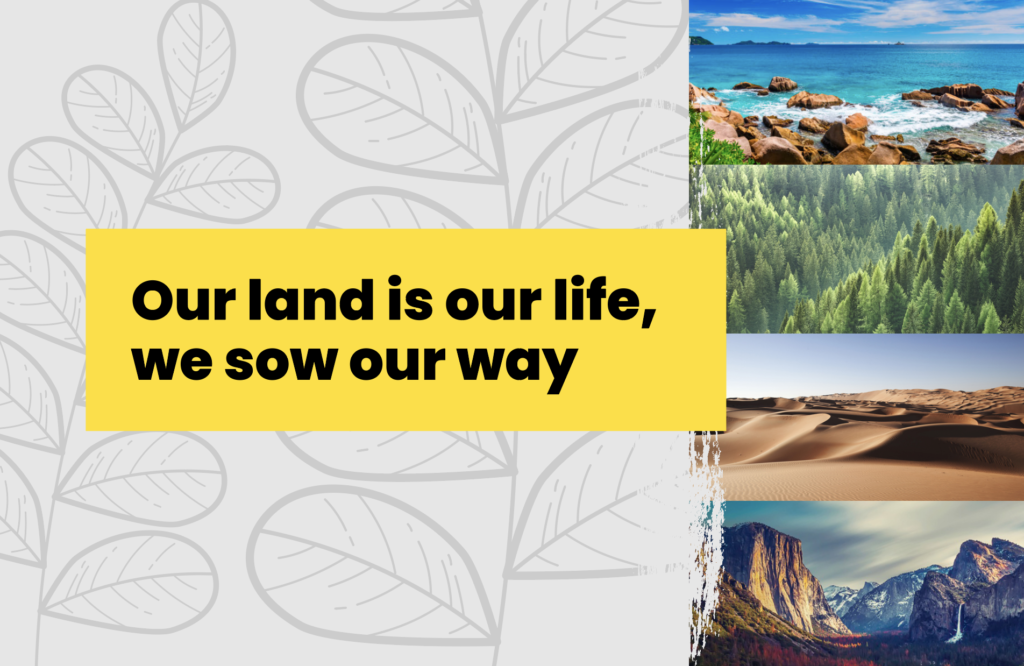There is less deforestation and less damage to biodiversity in areas protected by indigenous peoples.
Indigenous peoples maintain an ancestral bond with their territories; their lives depend closely on the natural resources of the places where they live, where they obtain food, medicines, construction materials, and where they develop their spirituality. They see in their habitat more than just land and resources, it is also their history, their sacred sites and the inheritance for future generations.
For indigenous peoples, their surroundings are alive and, therefore, have a spiritual value and are worthy of respect, care, and harmonious coexistence. Thus, for thousands of years, they have used their ancestral knowledge to manage resources sustainably.
Many indigenous territories correspond to fragile ecosystems: deserts, dry forests, savannahs, tropical rainforests, and polar regions, which have been maintained thanks to the protection of the indigenous communities that inhabit these ecosystems. The traditional knowledge, ancestral experience and the sacred bond they maintain with their territory have allowed them to preserve a large part of the biodiversity of these spaces, with an invaluable importance for life. According to the World Bank, «although indigenous peoples own, occupy or use a quarter of the world’s surface, they protect 80% of the planet’s remaining biodiversity”1, which makes them the best guardians of biodiversity in the world.
The value they place on resources is not a monetary value, they take from their environment only what is necessary. The ownership of land and resources in the communities is usually collective; therefore, their use responds to a common interest and not an individual one. In contrast, the commercial interests of large companies see the resources of indigenous territories as assets with economic value and an opportunity for profit, which is why they seek to exploit them.
In the global context, indigenous territories are increasingly threatened by market pressures and the growing need for raw materials to feed the consumption of large cities: the business of extracting timber with commercial value, large-scale mining, massive fishing, large areas deforested for agribusiness, are some of the activities that threaten indigenous territories and the ways of life of the communities. As a result, even in States that recognize indigenous territories, the protection of these territories is often fragile.
However, the world has much to learn from the traditional knowledge of indigenous peoples, the adaptation and reduction of the effects of climate change and the protection of biodiversity and life are some of the contributions of indigenous peoples to the world. Our Land is our life, we sow our way.


1 World Bank. 2021. Pueblos Indígenas.Taken from: https://www.bancomundial.org/es/topic/indigenouspeoples#1

